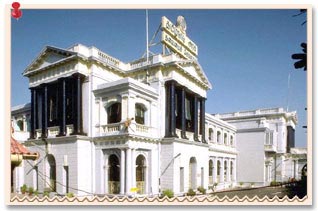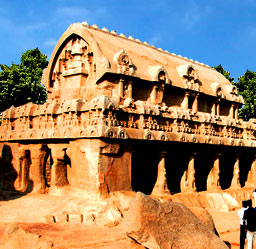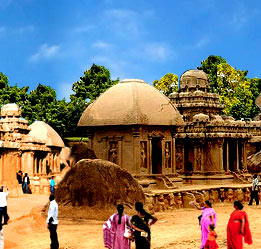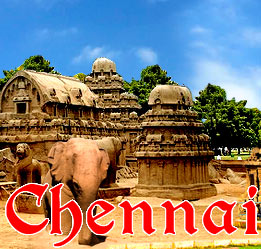 The year 1644 adds another glorious chapter in the history of the South Indian city Chennai, then known as Madras, conferring upon it a gift of the St. George Fort along the shores of Bay of Bengal. Historically famous as White Town, the fort has taken its name from St. George who is believed to have a significant influence in the region during that era and whose birthday coincides with the day of completion of the construction of the fort. The fort is considered to be the first establishment of the British in India. Initially erected as a trading post, it later served as the origin of the modern Indian Army. A live example of the military architecture marvel, the St. George Fort is probably the most noticeable ancient monument in Chennai. The fort holds great historical importance and is looked after by the Archaeological Survey of India.
The year 1644 adds another glorious chapter in the history of the South Indian city Chennai, then known as Madras, conferring upon it a gift of the St. George Fort along the shores of Bay of Bengal. Historically famous as White Town, the fort has taken its name from St. George who is believed to have a significant influence in the region during that era and whose birthday coincides with the day of completion of the construction of the fort. The fort is considered to be the first establishment of the British in India. Initially erected as a trading post, it later served as the origin of the modern Indian Army. A live example of the military architecture marvel, the St. George Fort is probably the most noticeable ancient monument in Chennai. The fort holds great historical importance and is looked after by the Archaeological Survey of India.Towards the end of the 17th century, the East India Company was fully established within the territory of India, with British primarily focussing on the trade and economic activities. However, as the time passed, the company felt the need to have a permanent trading station. The dream was realized when it acquired the coastal land from a chieftain of Vijay Nagar. The company built the fort on this land and expanded their activities. It served as a home away from home for the officials of the East India Company. Furthermore, this helped in the development of the city Madras, now Chennai.
Primarily, the St. George Fort is divided into two sections: St. Mary's Church and the Fort Museum. St. Mary's Church enjoys the status of being one of the oldest surviving churches built by the British in India as well as the oldest Anglican Church on the land of India. This beautiful building, established in 1680 has stood the test of times and still holds the splendour of the yore. The tombstones in its graveyard are incomparable and are seen as the oldest one in India. Another fascinating structure here is the 150 ft tall Flagstaff, made entirely of teakwood. Though the original flagstaff is no more to be seen, its relics are still visible. The church is famously known as the 'Westminster Abbey of the East'.
However, one of the most striking buildings here is the Fort St. George Museum. It houses the relics of the British personnel who inhabited this fort. The construction of the building was completed in 1795 and served as the Madras Bank, whereas the long hallway upstairs served as the venue for public meetings as well as for entertainment. Today, the fort museum showcases a host of artefact such as coins, medals, paintings, letters, etc, belonging to the colonial period. There is a banqueting hall in the premises of the fort, called Wellesley House, named after Richard Wellesley, the Governor-General of India. There is a 14.5 ft tall statue of Lord Cornwallis in front of the museum, which is an art masterpiece. It was brought to India from Britain through ship. It is carved with a scene depicting Tipu Sultan, his two sons and the East India Company officials.
The importance of the fort has not been undermined till date, as it still serves as an important base for the Indian Army. After Independence, the Archaeological Survey of India declared the fort as a protected monument. Today, the building is more of a mansion where the Tamil Nadu Government's administrative branches and legislative assembly are housed.





